As part of our simulation efforts in the Allegro Project, we’ve used a realistic and statistically accurate model inspired by a large macro-region of TIM’s operational metro-regional network.
🔧 Network Topology Overview:
- 🔹 95 core nodes:
• 89 Regional nodes (66 hubs + 23 traffic-collecting only)
• 5 National nodes
• 1 Regional Data Center (DC) - 🔗 139 fiber links (DWDM-enabled), with distances from 1.4 to 110.2 km (avg. 26.8 km)
- 🟦 342 Aggregation nodes organized into 87 horseshoes
• Average 3.9 nodes per horseshoe
• Horseshoe link lengths range from 0.6 to 166 km (avg. 21.4 km)
📡 Service Architecture Highlights:
- Centralized architecture: Telco functions like BNG and UPF, as well as content and compute services, are hosted at National nodes
- Results in a hub-and-spoke traffic model: All access traffic is routed to the nearest National node before reaching its destination
🧠 This carefully crafted network model preserves the statistical properties of TIM’s actual network while protecting sensitive information. It serves as a powerful testbed for evaluating innovative architectures and future-ready telecom solutions in Allegro.
#AllegroProject #DWDM #OpticalNetworks #NetworkSimulation #5GTransport #MetroRegional #TelecomResearch #TIM #FutureNetworks #NetworkArchitecture #HubAndSpoke #LinkedInTech

